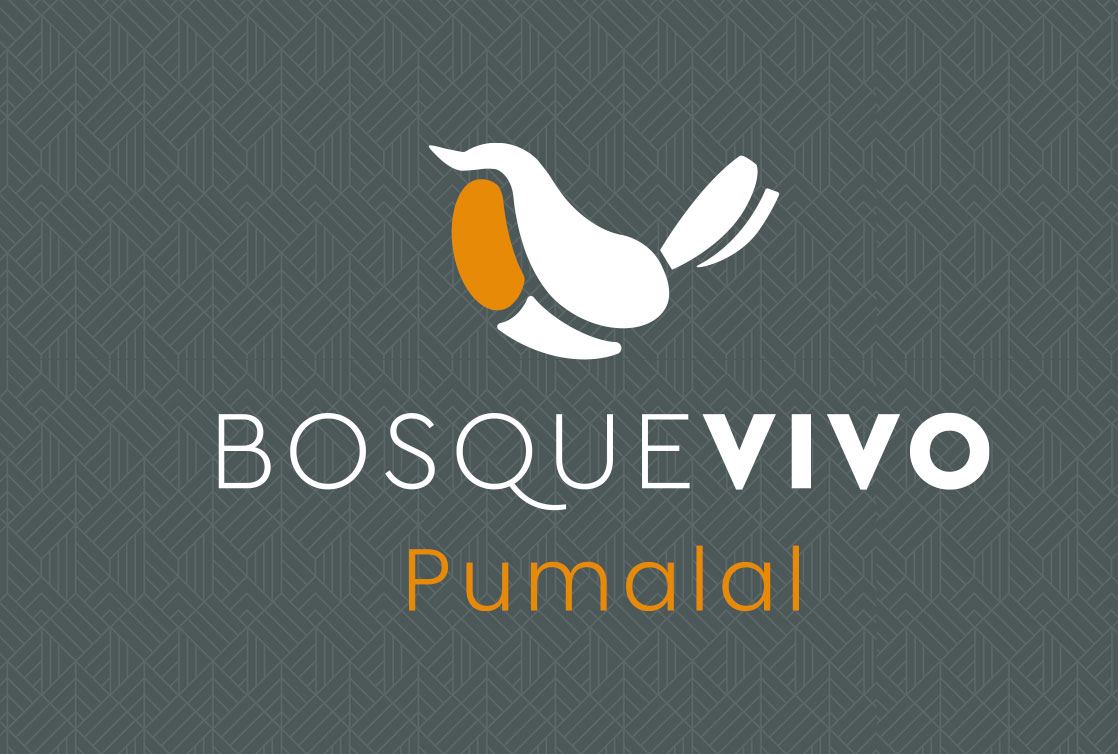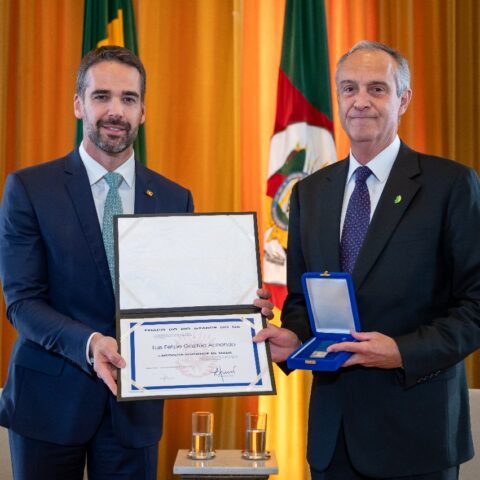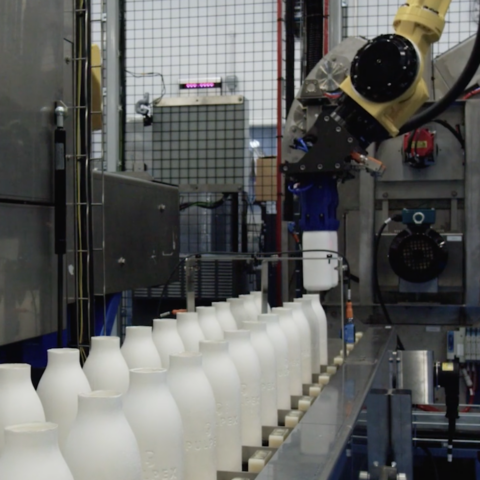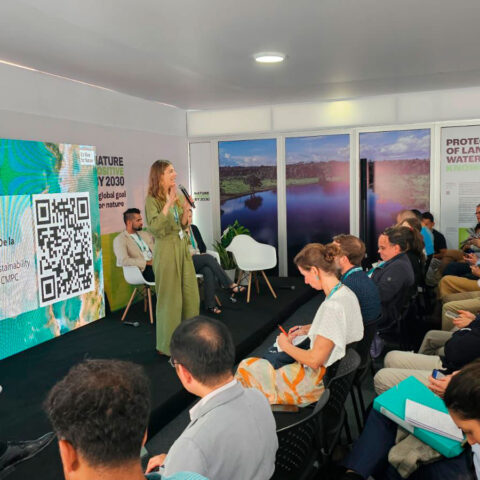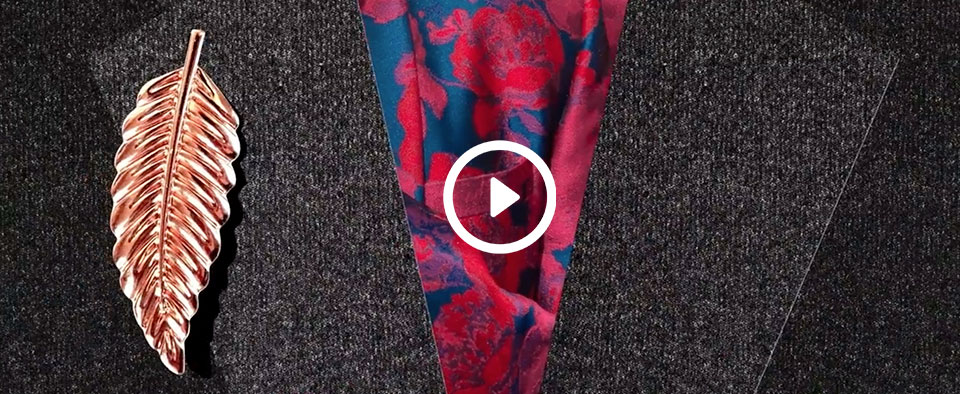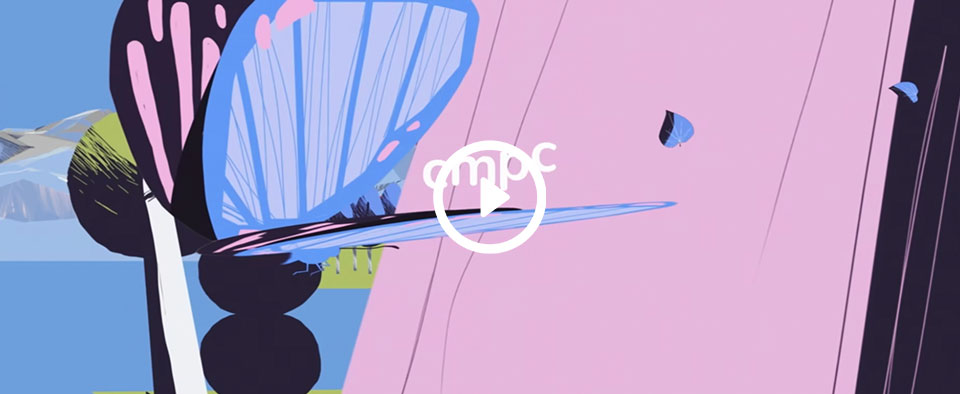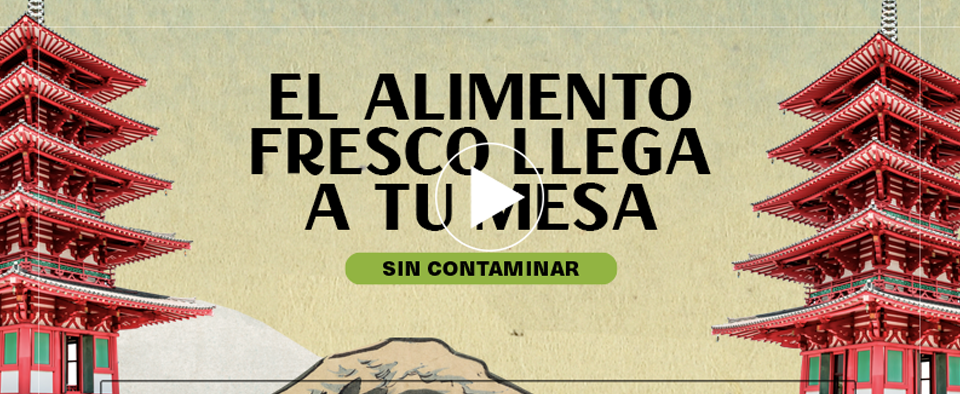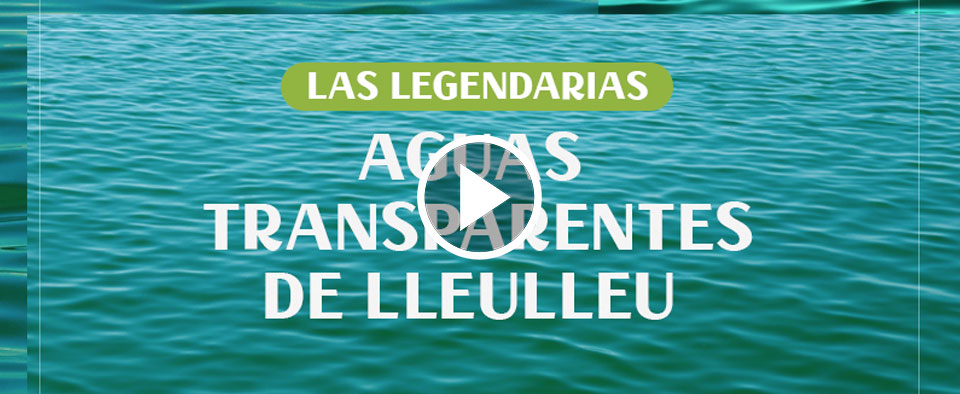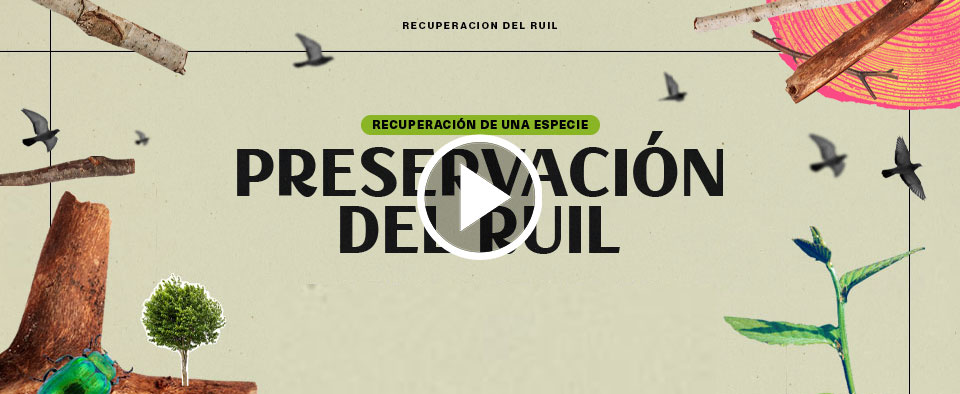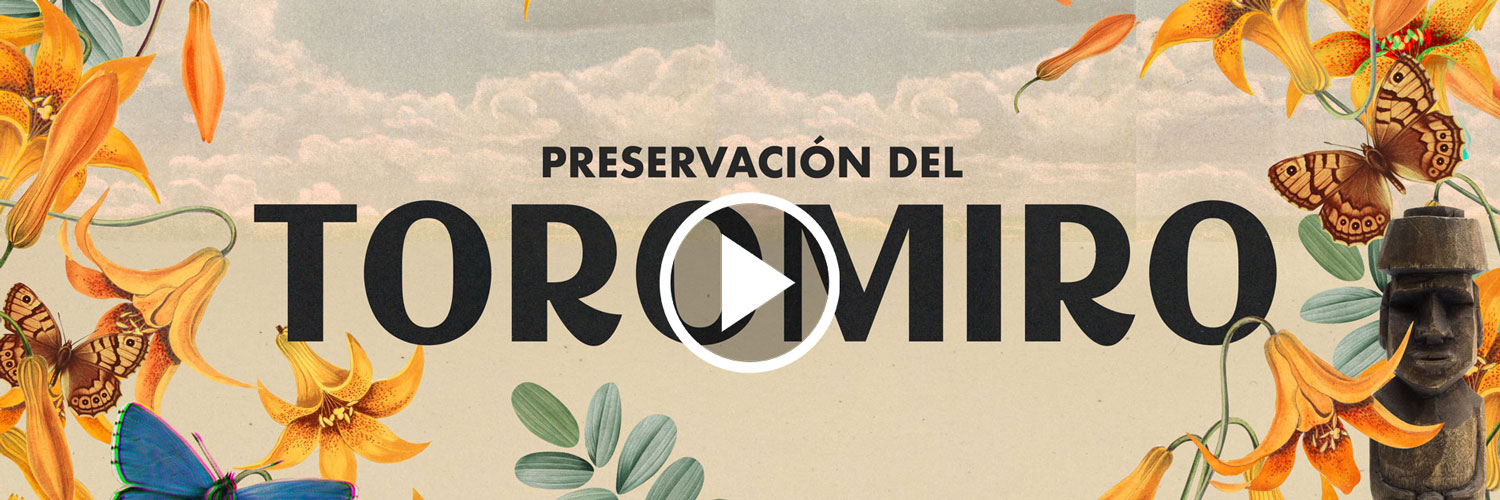
The children of the last Toromiro
04 de June, 2021
Rapa Nui is situated 3,700 kilometers away from the American continent. Due to this distance, anyone unfamiliar with the island may imagine that they would find unique landscapes and flora there that wouldn’t be found anywhere else. However, because of the population settlements over the centuries, the local ecosystem has changed drastically. According to studies done by the German botanist Georg Zizka, more than 78% of the existing flora is not in fact native. What’s worse, one of the emblematic endemic trees is nowhere to be found on the island.
The Sophora Toromiro is a small tree with compound foliole leaflets and tubular flowers on its branches that looks like a copihue (Chilean bellflower), but are yellow instead of red. During the 12th century alongside Polynesian colonization, the natural vegetation on the island was starting to get replaced by crops and introduced species of sheep and other livestock. This meant that the Toromiro and the ecosystem it grew in became modified. Not only the animals were responsible. The few trees they left were felled by people who used the wood to make items of everyday use.
The Toromiro lost ground on Rapa Nui because of animals and humans. This meant that by 1960 there was only one left. The last living specimen in the wild on the island grew on the interior slpe of the Rano Kau volcano crater and was removed that year.
“They didn’t turn it into wood, nor was it used for animal food. Instead, they removed it from the island. Although there is no hard evidence, it is suspected that it was taken to make the wood into some sort of collector’s item or to sell to a museum,” said CMPC Technology and Planning Manager Jean Pierre Lasserre.
The decline of the Toromiro
Despite the disappearance of Toromiros on Rapa Nui, thankfully the seeds of this last tree were saved and the species kept alive, although only in private collections and botanical gardens.
This is why there are Toromiro trees living 14,000 kilometers away from the island they are from at botanical gardens in Germany, Australia and Sweden. There was one also living in continental Chile at the Viña del Mar Botanical Garden, although it died in 1999 after providing a great number of seeds during its lifetime.
Thanks to the seeds left by the Toromiro in Viña del Mar, in 2006 this Botanical Garden produced six Toromiro trees that are descendents of this last one from Rapa Nui, which were turned over to CMPC to launch an unprecedented conservation program.
Lasserre explained that genetic studies confirmed that the descendents were actually Toromiro. Between 2008 and 2011, CMPC was able to reproduce the tree using vegetative propagation techniques, expanding production of the Toromiro via grafting.
Upon successful species reproduction, a cooperation agreement was signed by CONAF and CMPC, and a Toromiro garden was set up in the Lago Peñuelas National Reserve. 1,000 Toromiro plants were planted there, of which 170 remain since not all of them survived the climatic conditions of the region.
Return to the island
Although some specimens did not make it in continental Chile, another goal was pending; return the tree to the terrain it had lost in 1960 on Rapa Nui.
“With this goal in mind CMPC began working over a decade ago on projects geared toward reintroducing the Toromiro to this island in Oceania since this species has a high cultural and economic value for the island community,” said Lasserre.
That is why currently the company supports the research on its reintroduction with support from institutions such as the Universidad de Concepción and CONAF, as well as researchers at the Lincoln University in New Zealand and University of Murdoch, Australia.
Reintroducing the species is not easy. One hypothesis suggests that during the decades of the Toromiro’s absence on the island, the soil lost the bacteria that helped it absorb the necessary nutrients for growth.
This is why researchers in charge of the program are trying to find the best bacteria strains associated with the Toromiro plants that will help them adapt to the current island ecosystem.
In addition to looking for better strains, in 2018 test samples of plants inoculated with beneficial bacteria were set up with the idea that they would fix the nitrogen in the soil that is needed for the Toromiro to grow in its native terrain.
Additionally, the CMPC laboratory is researching the development of embryo rescue protocols and germplasm production, which is a vegetable species reintroduction technique that works by grafting.
The idea is that this year 200 seeds get planted, inoculated germinants are taken to the island, the plants at the CONAF greenhouse get “fattened”, the site gets prepared and a hectare of the species get planted so in the end its yellow flowers become part of the Rapa Nui lanscape once more.

